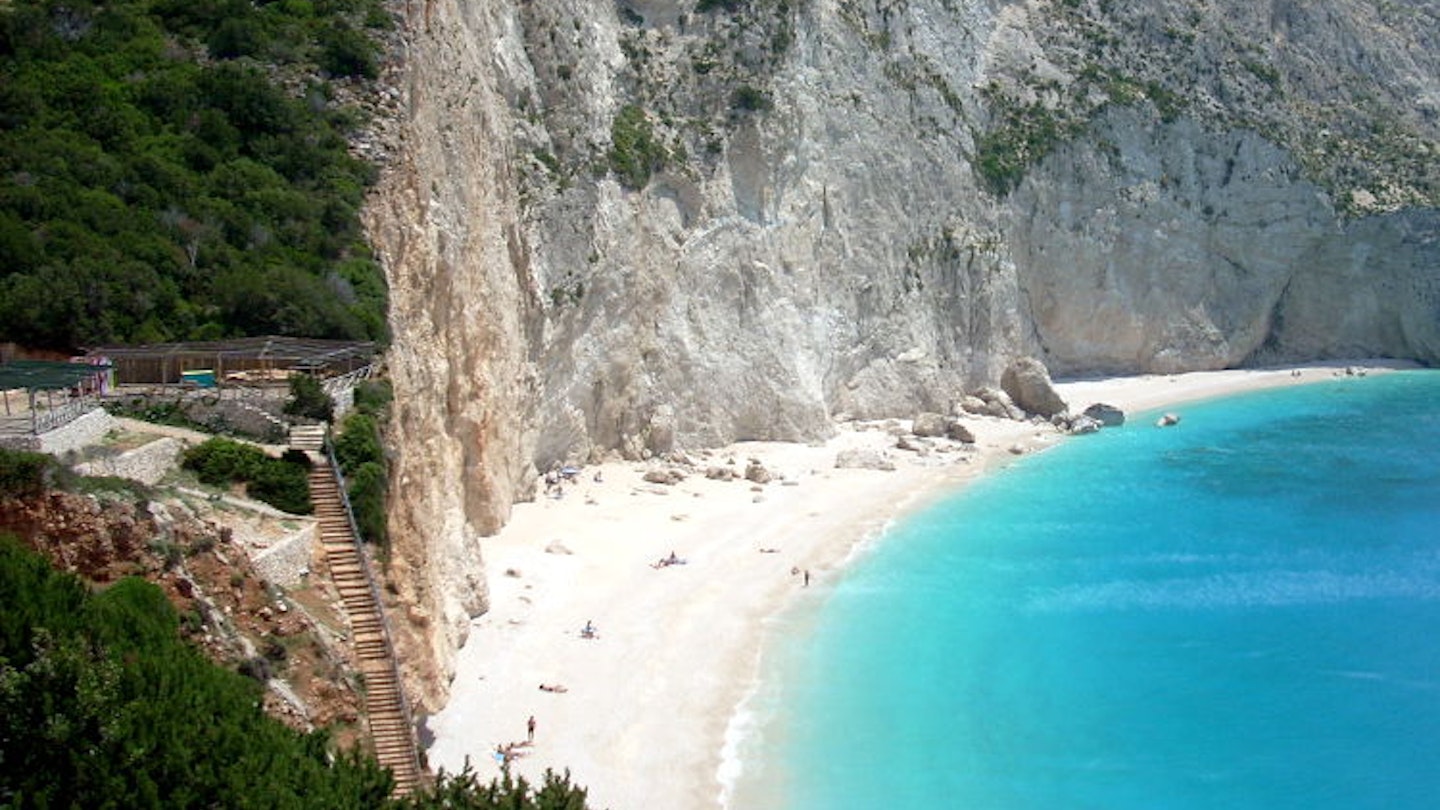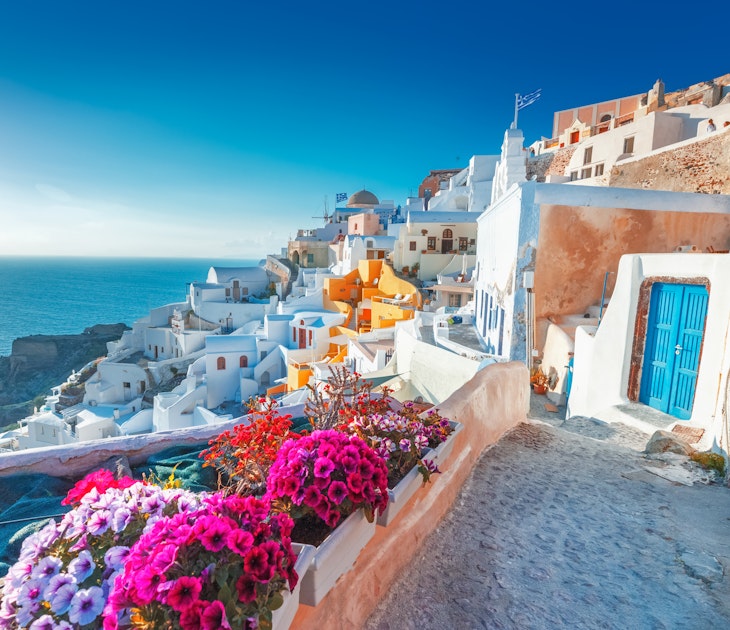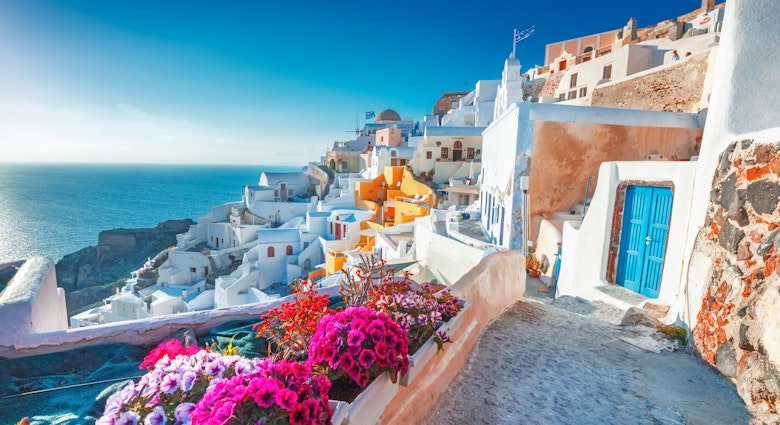By taking a trip to Greece, booking private accommodation, eating in village tavernas and supporting local businesses in many other ways, tourists obviously provide a much-needed boost to the country’s ailing economy. So what are you waiting for? From island-hopping between locals’ hideouts and the big hitters, to Athens’ thriving street art and remote hikes in the Peloponnese, here are our top tips for those planning their own memorable Greek experience now.
While speculations about an economic meltdown in Greece led to a fall in airfare and hotel bookings in early summer 2015, the travel industry has quickly started recovering and foreign visitors are returning, undeterred by the crisis. After all, the aquamarine coastline, sun-bleached ruins, sumptuous Mediterranean cuisine and traditional festivities beckon, as inviting as ever. And you’ll find that the well-known hospitality has only been enhanced as the locals are all the more grateful to those who decided to give their Greek holiday a chance.

Island-hopping: trip of a lifetime
The ongoing crisis has led to greater availability on some of the lesser-known islands, a sad consequence of cancelled Greek holidays. For a quiet escape away from the international crowds you could consider taking inspiration from in-the-know locals.
One such destination is the beautiful and desolate Northeast Aegean island of Ikaria, which has long been a haunt for bohemian Athenians. August and September is the season of panegyria (night-long village festivals with plenty of food and wine and rave-like dancing to live folk music). Panegyri is the annual event celebrating the main village saint – you can spend most nights at a panegyri, while exploring dozens of villages of this relatively large island.
Another good option, especially if you have your own wheels, is Lefkada, a Ionian island you can actually drive onto from the mainland along a narrow causeway. Wind your way around the western coast’s largely isolated beaches, which are some of most stunning in Greece, if not the world. Lefkada is also the place to go if you’re into some more challenging activities than beach bumming – thanks to strong winds, the island is a haunt of windsurfers and kitesurfers.
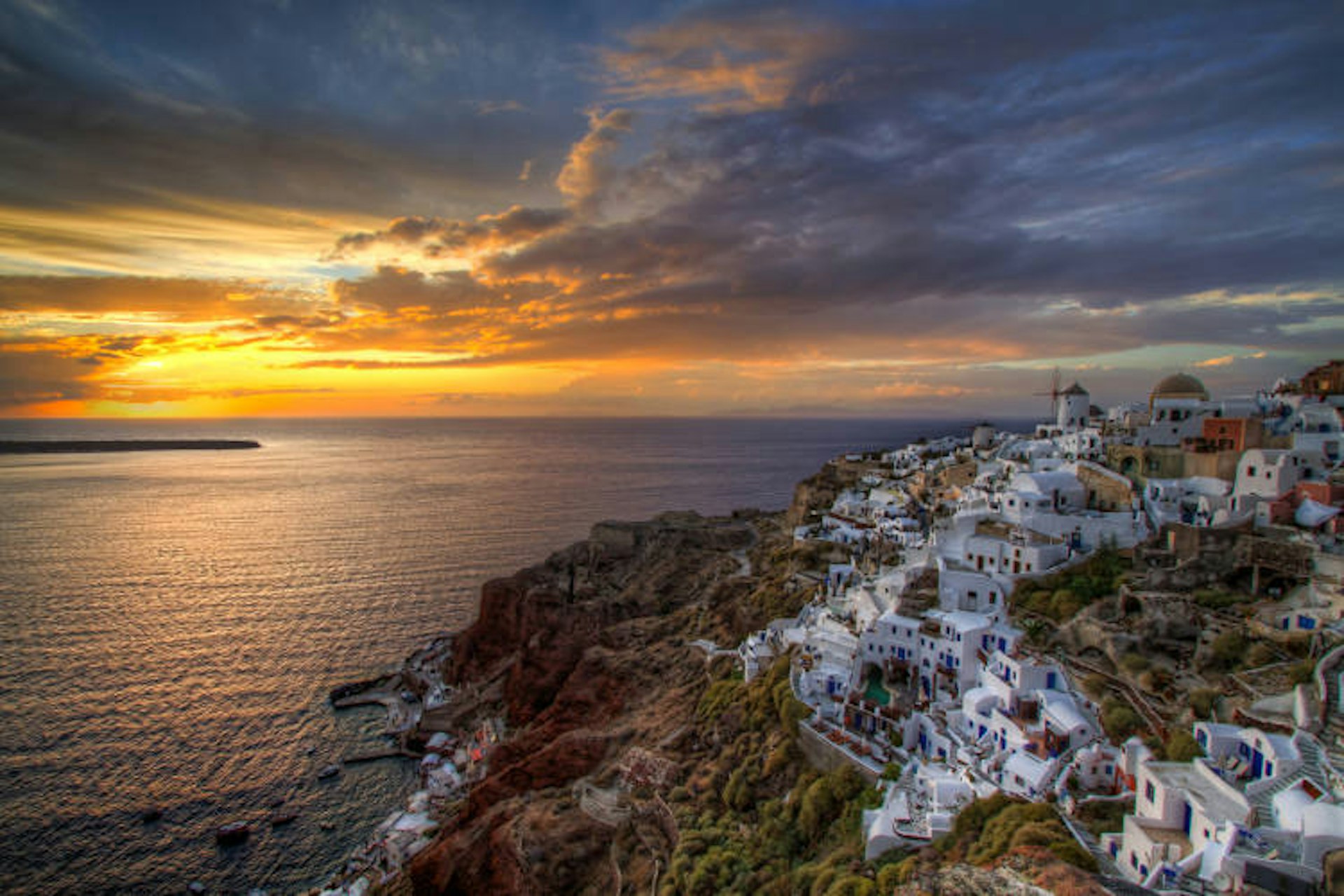
The drop in visitor numbers also means that you might avoid the usual crowds and find good value for money on the most-hyped islands of the Cyclades. However, this won’t last for long as the austerity package for Greece means a tax hike for many goods and services, accompanied with the end of tax benefits for the islands. There’s probably no better time than right now to admire the sublime sunsets over Santorini’s caldera or get a taste of Mykonos’ glamorous nightlife. If you’ve already ticked these iconic experiences off your bucket list, an alternative is the far more remote-feeling Little Cyclades, connected by ferry to the port of Piraeus via Naxos. Koufonisia, in particular, is becoming fashionable among in-the-know visitors thanks to its superb beaches and chic restaurants, but still has plenty of low-key charm.
With 2015 being one of the hottest years on record for southern Europe, the beach season can be expected to last until the end of September, especially on southern islands such as Rhodes in the Dodecanese or Crete. The latter is in a way a highlights reel of Greece, but one of the most enjoyable experiences has to be traversing its peaceful southern coast by boat, which is the only way to access some of the laid-back villages and secluded beaches. In southern Rhodes, don’t miss the wonderfully picturesque town of Lindos, whose sugarcube houses guarded by the hilltop Acropolis overlook a magnificent turquoise bay.
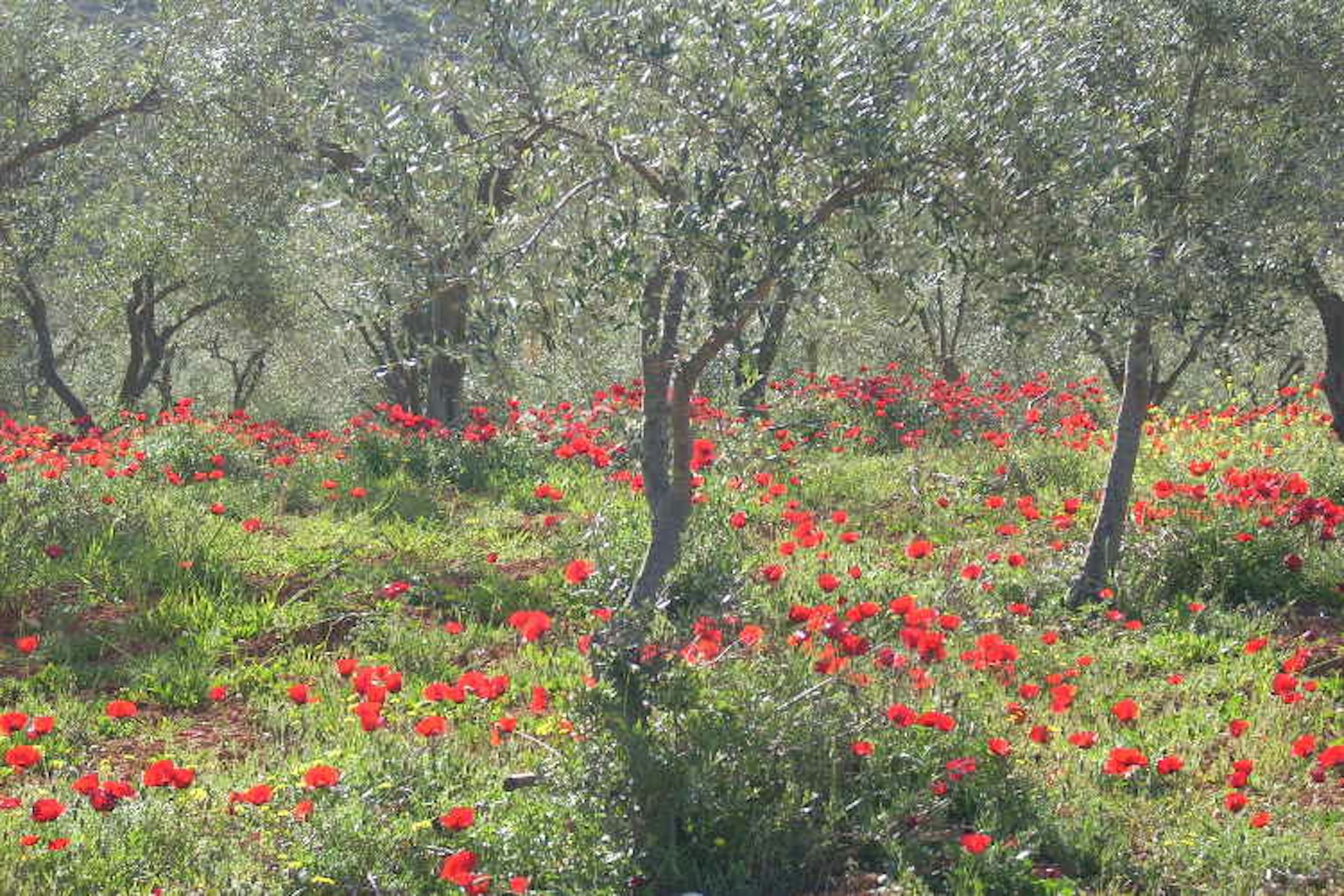
The Peloponnese: walking trails and wineries
Further ahead is the hiking season, when thousands take advantage of cooler temperatures and sunny weather to hit the trails both in mainland Greece and on the islands. An excellent destination for intrepid trekkers looking for a new challenge is the Peloponnese, where a major trail was completed in May 2015 by a group of volunteers. The well-signposted, 72.5km Menalon Trail (menalontrail.eu) stretches from Stemnitsa to Lagadhia, passing through the dramatic scenery of the Lousios Gorge, the western slopes of Mt Menalon, the Mylaon river valley and the Gortynian mountains. The trail is divided into eight sections of varying difficulty, with the Stemnitsa–Dimitsana leg being the most popular. The main villages have places to stay and eat, and you can pick up provisions at others.
Reward yourself later by visiting the Nemea wine region. These rolling hills southwest of Corinth are one of Greece’s premier wine-producing areas, known for its fine wines since Mycenaean times. Half a dozen wineries provide tastings for visitors (many free, some by appointment); the best spots for a tipple include Lafkiotis (lafkiotis.gr), Skouras (skouraswines.com) and Domaine Spiropoulos (domainspiropoulos.com) wineries.

Athens: from grafitti to gastronomy
A unique way to get under the skin of Greece’s capital, as well as a fascinating insight into the Athenians’ take on everything from philosophy to current events, is exploring the city’s thriving street-art scene. You can go on a guided tour – a recommended company is Alternative Athens, whose tours are experience-based and take you off the beaten (urban) path. Or simply hit the streets on your own and head straight to Exarhia: behind the gritty facade you’ll discover one of Athens’ most vibrant, unconventional neighbourhoods, where creative graffiti cover walls, alleys and stairways and often carry strong social and political messages. Start at the Strefi Hill end of Themistokleous.
Also in the capital, a new stop for foodies is the Museum of Greek Gastronomy (gastronomymuseum.gr), opened in 2014 just around the corner from the city’s famous markets. This culinary centre hosts rotating exhibitions highlighting an aspect of Greece’s rich gastronomic history (for example, organic monastery food or traditions of Macedonia). Its restaurant serves creative dishes on the same theme, and the shop sells related goods, such as monastery-made jam or Macedonian honey. There are also occasional cooking classes, film screenings and parties.
